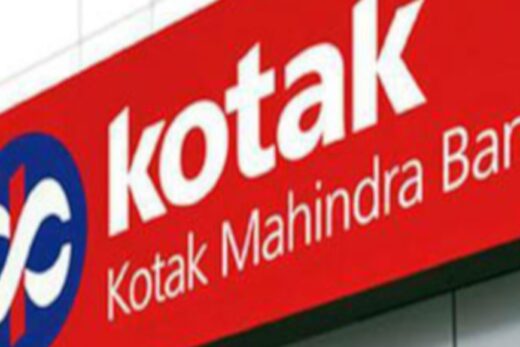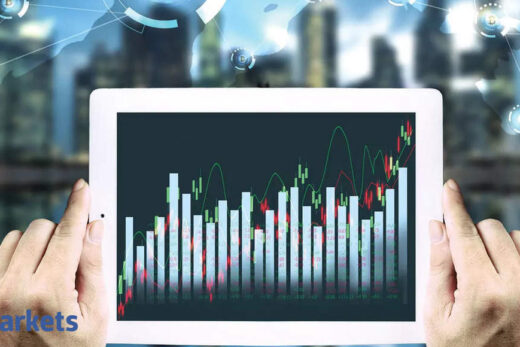NEW DELHI: The benchmark BSE Sensex achieved a remarkable milestone on Thursday by breaching the 50,000-mark for the first time ever.
The Covid-19 pandemic dragged the Sensex to record low in late March. However, it staged a recovery from the lows. Both the BSE and NSE indices finally wrapped up 2020 on a bullish note, with the Sensex gaining nearly 16 per cent.
As the benchmark index crossed a major threshold few days ahead of the Union Budget 2021, here’s a look at some of its key aspects, milestones and more:
How the journey began
Created in 1986, Sensex is the oldest stock index in India. It comprises 30 of the largest and most actively traded stocks on the Bombay Stock Exchange (BSE).
The index was launched with a base price of 100 (base year 1978-79).
The term Sensex was coined by Deepak Mohoni, a stock market analyst. It is a blend of the words ‘sensitive’ and ‘index’.
After its launch, Sensex was calculated based on market-capitalisation weighted methodology. Since September 2003, it began to be calculated based on a free-float capitalisation method.
Major milestones achieved
The 30-share index experienced enormous growth since India opened up its economy to the world in 1991. It rose from around 5,000 points in early 2000 to 50,000 in January 2021.
It crossed the 25,000-mark for the first time on May 16, 2014 as the Bhartiya Janta Party (BJP)-led NDA government came to power with a sweeping majority.
It took almost 4 more years to jump to the 35,000-mark.
A repeat win of the Narendra Modi-led BJP lifted the Sensex past the 40,000 landmark for the first time ever. Interestingly, the Sensex has nearly doubled today since Modi came to power in 2014.
Journey from 45,000 to 50,000
Sensex jumped from 45,000 mark to 50,000 in a short span of just over a month. The index took 35 sessions to scale this feat.
In just seven sessions in 2021, the Sensex notched up over 1,500 points to race past 48,000-mark and 49,000-mark backed by record foreign fund flows.
How Covid impacted markets
From witnessing gigantic losses to record-shattering gains, investors went on a roller-coaster ride amid the coronavirus pandemic and massive stimulus measures during the year 2020.
The coronavirus pandemic forced the government to announce a nationwide lockdown to curb its spread. As the number of cases rose, massive global selloff pushed the Sensex off a cliff in late March 2020.
However, markets staged a massive comeback and jumped nearly 91 per cent in just over 10 months to breach the 50,000-mark.
Ironically, the stock market has seen more gains than losses in the post Covid phase.
Since recovering from its record slump, Sensex has been scaling new highs, thereby making investors richer with every peak and deepening their market participation.
Overall, the Sensex gained 15.7 per cent while the broader NSE Nifty jumped 14.9 per cent during the year.
IT and pharma stocks were the major gainers as health concerns rose and work from home led to rise in internet usage.
Amongst the global indices, Sensex staged the most significant recovery of 80 per cent, after Nasdaq which staged a recovery of 86 per cent.
Comparison with other macroeconomic indicators
India’s per capita income has witnessed a steady increase since the 1990s. However, the economic growth has lost momentum and hasn’t kept pace with the rise of Sensex.
Even when the economy is experiencing its worst slump in almost 40 years, the Sensex has continued to scale fresh record peaks.
M-cap of BSE-listed companies nears Rs 200 lakh crore
The market capitalisation (m-cap) of BSE listed companies is now nearing Rs 200 lakh crore-mark. It is also pulling the country’s m-cap to GDP ratio near parity.
M-cap is the price of individual shares multiplied by the total number of shares in the issue.
The market rally over the past few months has pushed the m-cap to GDP ratio beyond 80 per cent. This implies a marked improvement from the two-year average of 75 per cent.




